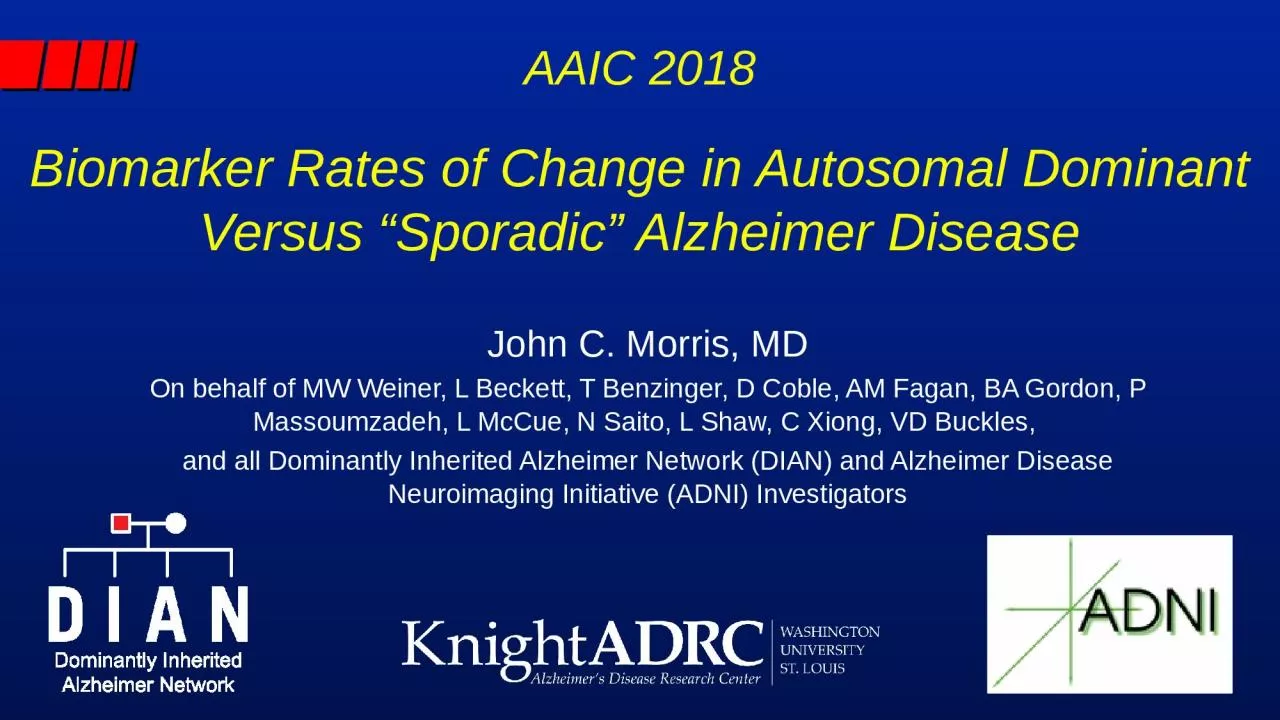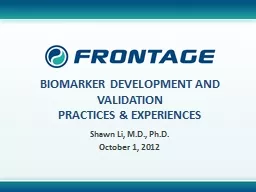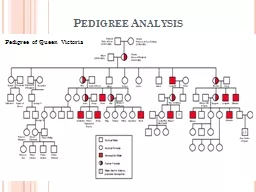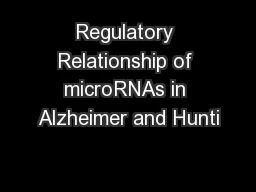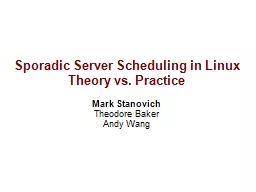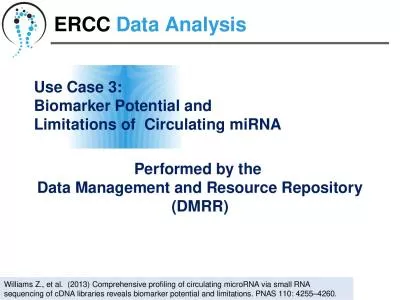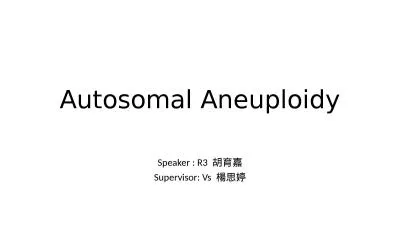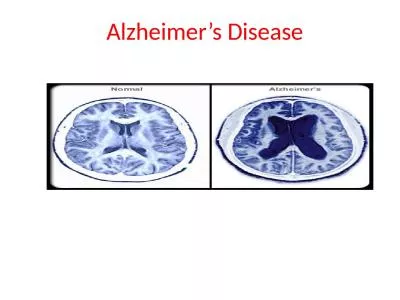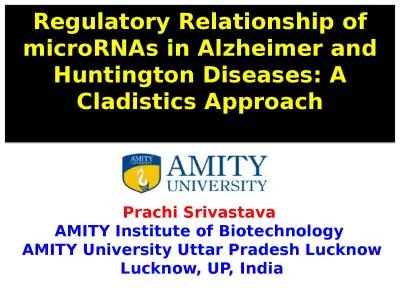PPT-AAIC 2018 Biomarker Rates of Change in Autosomal Dominant Versus “Sporadic” Alzheimer
Author : GirlNextDoor | Published Date : 2022-08-01
John C Morris MD On behalf of MW Weiner L Beckett T Benzinger D Coble AM Fagan BA Gordon P Massoumzadeh L McCue N Saito L Shaw C Xiong VD Buckles
Presentation Embed Code
Download Presentation
Download Presentation The PPT/PDF document "AAIC 2018 Biomarker Rates of Change in A..." is the property of its rightful owner. Permission is granted to download and print the materials on this website for personal, non-commercial use only, and to display it on your personal computer provided you do not modify the materials and that you retain all copyright notices contained in the materials. By downloading content from our website, you accept the terms of this agreement.
AAIC 2018 Biomarker Rates of Change in Autosomal Dominant Versus “Sporadic” Alzheimer: Transcript
Download Rules Of Document
"AAIC 2018 Biomarker Rates of Change in Autosomal Dominant Versus “Sporadic” Alzheimer"The content belongs to its owner. You may download and print it for personal use, without modification, and keep all copyright notices. By downloading, you agree to these terms.
Related Documents

